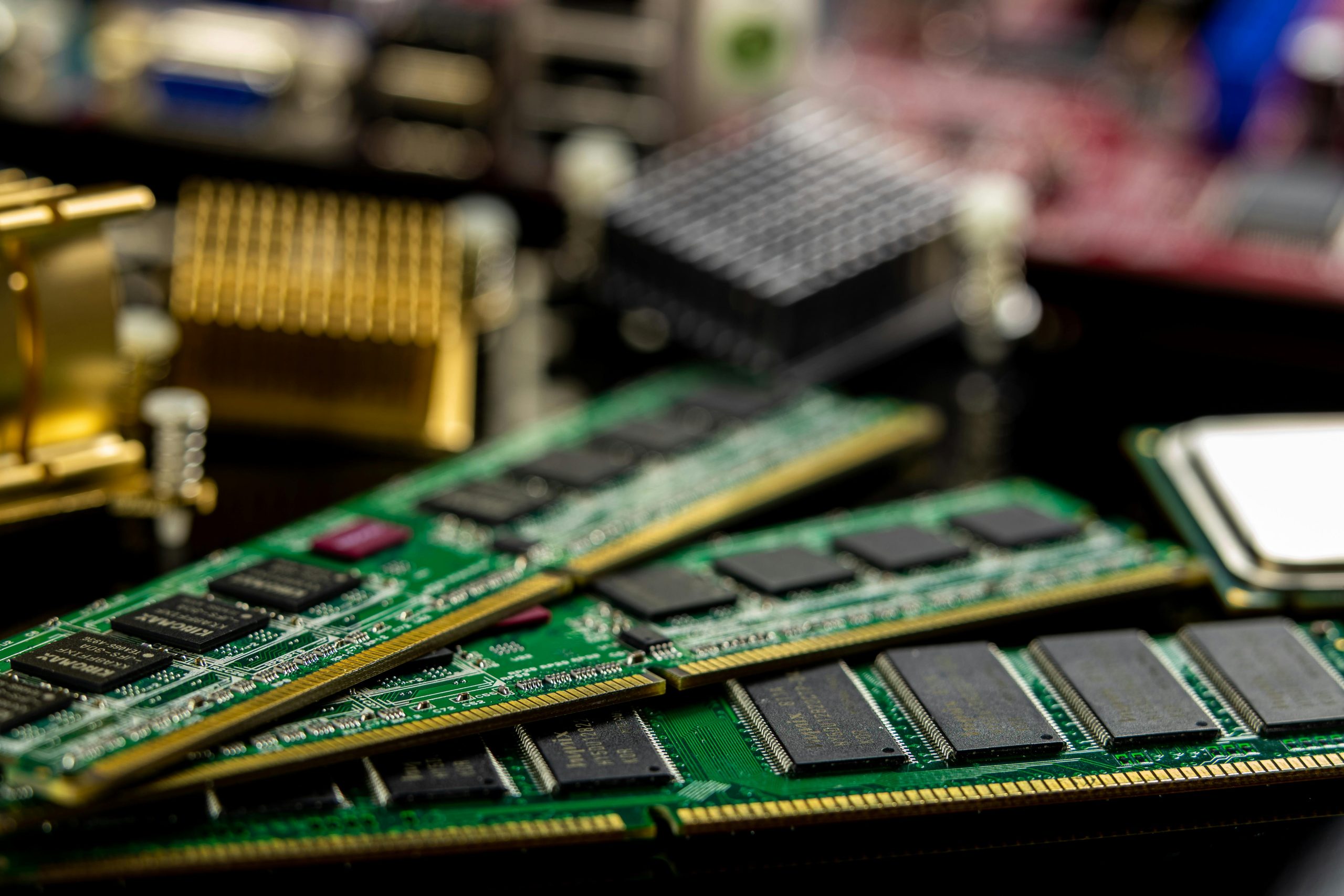Troubleshooting RAM Failures in a Lenovo ThinkCentre M92: What You Should Know
If you’re using a Lenovo ThinkCentre M92 in an mATX format as a Proxmox server, you might be dealing with some unexpected challenges. This particular model has been a reliable asset for many, especially those who have picked it up as a budget-friendly option for gaming and server applications alike. However, I’ve recently encountered a troubling issue that raises questions about hardware durability and compatibility.
Having acquired my ThinkCentre M92 previously used for gaming, I embarked on a journey to repurpose it into a reliable Proxmox server that would run 24/7. Unfortunately, this setup took a toll on the memory, leading to a concerning trend. Approximately eight months ago, one of the RAM modules—a 4GB DDR4 from Kingston—malfunctioned and had to be replaced. Recently, I experienced a similar failure with another 4GB DDR4 module, this time from Patriot.
This raises an important question: What causes RAM modules to fail, especially in a situation where the hardware has been sourced second-hand?
Potential Causes of RAM Failure
-
Age and Usage History: It’s essential to consider that both RAM sticks were previously used before they arrived in my system. Many times, pre-owned components come with unknown histories, which can include overclocking, thermal stress, or simply wear and tear from extended use.
-
Environmental Factors: Continuous operation can contribute to RAM degradation. Operating at high temperatures without proper airflow can lead to premature failure of these components. It’s crucial to ensure adequate cooling within your setup.
-
Motherboard Issues: Another possibility could be a malfunctioning motherboard. If the memory slots are faulty or the motherboard isn’t providing stable power to the RAM, this could lead to repeated failures. It might be worthwhile to test the remaining slots with known good modules to rule this out.
-
Power Supply Fluctuations: Power supply issues—such as voltage spikes—can adversely affect all hardware, including RAM. Ensuring that your power supply is adequately rated and functioning properly will help mitigate risks.
What Can Be Done?
Investing in high-quality, new RAM may provide a longer-lasting solution and eliminate uncertainties associated with used components. Additionally, monitoring your system’s temperatures and power supply stability can help protect against further hardware failures.
In conclusion, while it’s an unfortunate reality for any tech enthusiast to face
Share this content:




I’m sorry to hear about the RAM failures you’re experiencing. When dealing with second-hand RAM modules, several factors could contribute to their failure, including previous usage conditions, thermal stress, or compatibility issues.
To diagnose the problem further, consider the following steps:
Consistently monitoring system temperatures, checking motherboard slots for physical damage, and ensuring a stable power supply can help prevent future failures. If problems persist after these steps, examining the motherboard for faults or considering a hardware upgrade might be necessary.